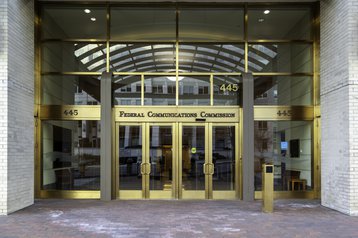The Federal Communications Commission (FCC) has increased its benchmark for high-speed fixed broadband to download speeds of 100 megabits per second (Mbps) and upload speeds of 20 Mbps.
It represents a four-fold increase from the 25/3 Mbps benchmark set by the Commission in 2015, almost a decade ago.
The increase has been put down to advancements in telecommunications capabilities "used in multiple federal and state programs (such as NTIA’s BEAD Program and multiple USF programs), consumer usage patterns, and what is available from and marketed by Internet service providers."
"This fix is overdue," said Jessica Rosenworcel, chairwoman at the FCC. "It aligns us with pandemic legislation like the Bipartisan Infrastructure Law and the work of our colleagues at other agencies. It also helps us better identify the extent to which low-income neighborhoods and rural communities are underserved."
Rosenworcel notes that the FCC has set a long-term goal of changing the benchmark to 1 Gigabit down and 500 Megabits up.
"One more thing. The law requires that we assess how reasonable and timely the deployment of broadband is in this country," she added.
In a statement, the FCC said that by using its Broadband Data Collection deployment data for the first time rather than FCC Form 477 data, it's found that fixed terrestrial broadband service (excluding satellite) has not been physically deployed to approximately 24 million Americans, including almost 28 percent of Americans in rural areas, and more than 23 percent of people living on Tribal lands.
It also found that 5G mobile coverage has not been physically deployed at minimum speeds of 35/3 Mbps to roughly nine percent of all Americans, to almost 36 percent of Americans in rural areas, and to more than 20 percent of people living on Tribal lands.
In total, 45 million of the US population lack access to both 100/20 Mbps fixed service and 35/3 Mbps mobile 5G-NR service, it found.
To better reflect its understanding of broadband coverage across the US, the FCC launched its National Broadband Map in 2022. The purpose of the map is to reflect coverage data submitted by ISPs.
The maps are updated every six months and are used by the NTIA to determine how to allocate state funds under the Broadband Equity, Access, and Deployment (BEAD) program. The last update was released in November.
Broadband maps have been sought after for some time. Prior maps were based on Form 477 which was criticized for providing inaccurate data as it allows ISPs to count an entire census block even if only a fraction of this area is served by the ISP.







